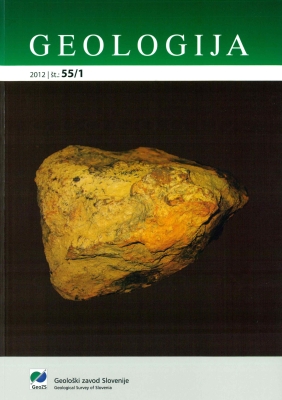Use of different investigation methods of soil for forensic purpose
DOI:
https://doi.org/10.5474/geologija.2012.010Abstract
With its specific background and methods, geology may help forensic scientists considerably when doing researches and analyses. Based on the procedures used in the National Forensic Laboratory, we have been researching and comparing 15 soil samples from different locations. We divided them into 3 groups, of which each comprised one pair of samples of the same location. By comparing colour, density and mineral composition in the soil samples, we tried to determine which two samples originated from the same location. We were comparing the results of individually used research methods and tried to evaluate which provide the best sample matches. Furthermore, we were comparing how the mineral composition of the samples and their bedrock match. The best match was achieved by applying the method of X-ray powder diffraction, which clearly showed identical samples collected from the same location. When measuring density, the values varied according to the location site, from which the comparative and conflicting samples were taken. The change of density was observed in the distance of less than one meter. For the field of forensic science the exact location of sample collection is of crucial importance. The proximity of sample collecting has considerable impact on density, as longer distances do not provide comparative results, whereas a short distance may present us with highly matching samples, the method which is widely considered applicable in forensic science. By applying the method of X-ray powder it is possible to acquire comparative results at the distance of several meters; in forensic science, however, this does not provide acceptable results for defining the identity of the location.Downloads
How to Cite
Štibelj, K. (2012). Use of different investigation methods of soil for forensic purpose. Geologija, 55(1), 141–150. https://doi.org/10.5474/geologija.2012.010
Issue
Section
Articles

